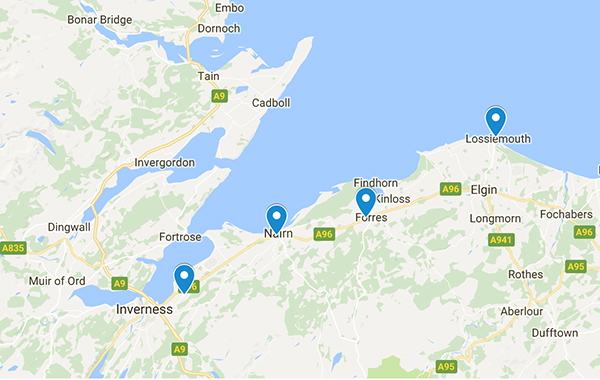Moray Coast Equine Vetting Form
MCVG notes and terms for equine pre-purchase examination/vetting of horses (PPE).
- Please note that buyers are responsible for payment for the PPE (visit fee, vetting, and if applicable blood sample and x-rays). The fee must be paid for on the day of the vetting, a member of our reception team will contact you to take credit/debit card payment over the phone.
- Please declare if you know if the seller is a client of this practice or are aware of any other pre-existing relationship between parties.
- We require someone over the age of 18 to be present at the PPE – if radiographs (X-rays) are to be taken we require two people over 18 and non pregnant to attend. Radiographs will need a mains source of electricity, not a generator.
- If appropriate facilities/handler/rider are not available on the day of the PPE it may need to be rearranged at the purchaser’s expense.
- The horse’s passport must be available at the time of the PPE.
- The horse that is being presented should be stabled for at least four hours prior to the PPE & presented clean and well shod or trimmed.
- Please note that flexion tests and trotting in a circle on a firm surface are not mandatory parts of the standard procedure, but they can sometimes provide useful additional information about a horse. There may however be circumstances when the examining veterinary surgeon concludes that it is unsafe or inappropriate to perform such tests.
Please complete the following form and submit.
A member of the reception team will be in contact to arrange the PPE.
Copyright 2018 Moray Coast Vets Group | Design by Cuan

